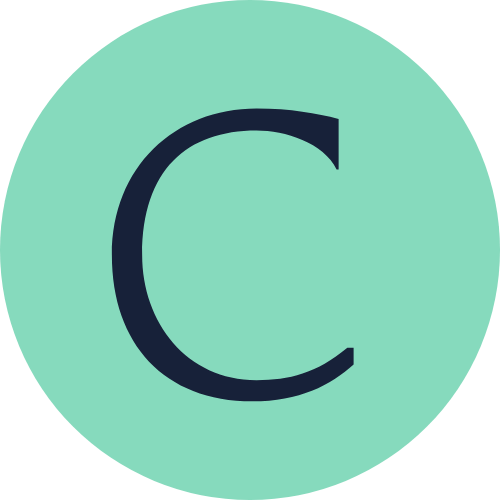When the World Turns Upside Down: What Students Can Learn from Scientific Revolutions
When our thinking is turned upside down - what then?
Imagine being told that the Earth moves. That diseases are caused by invisible organisms. That matter is made of things you can’t see. That time can stretch. That space can bend.
Each of these ideas once sounded absurd. Now they’re part of how we understand reality.
Scientific revolutions are moments of upheaval. A theory breaks. A worldview cracks. The rules are rewritten.
And for students, they offer one of the best ways to learn how knowledge works.
How do we know what we think we know?
In school, science is often presented as a steady march forward. But that’s not how it happens.
Real science moves in fits and starts. It relies on observation and evidence, but it’s also shaped by human judgement, cultural bias, and resistance to change. It’s full of disagreement, uncertainty, and risk.
Scientific revolutions show this clearly. They ask students to step inside the process, not just the outcome.
What made Galileo challenge the Church? Why did Darwin keep his theory private for so long? How did Einstein rethink time itself? What made scientists take quantum mechanics seriously — despite how strange it seemed?
Think like a scientist
What CATALYST students explore
In our courses, students learn to treat science not as a fixed body of knowledge but as a dynamic, creative discipline. One that changes, argues with itself, and invites challenge.
They examine key moments in the history of science and ask:
What was the old view — and why was it accepted?
What evidence broke it down?
Who resisted the change, and why?
What risks did the challengers take?
How did each revolution change the way people saw the world?
Why this helps them become better thinkers
Scientific revolutions help students:
Recognise that knowledge is provisional and open to revision
Understand how evidence interacts with belief and authority
Appreciate complexity and resist oversimplification
Stay open-minded without losing rigour
Think creatively without abandoning logic
In other words, they build a mindset that is both flexible and disciplined. Curious and grounded. Independent, but connected to evidence.
What this looks like in practice
In discussions, students might debate whether science is truly objective. They might explore how worldview and culture shape what counts as a “good” explanation. They might be asked to defend a revolutionary theory from a historical point of view — or argue against it.
They aren’t just repeating facts. They’re stepping into intellectual history. And they’re learning how to spot the difference between a bold idea and a well-founded one.
Final thought
Every scientific revolution began with someone asking a better question. Someone who looked at the same evidence as everyone else, and saw something different.
Helping your child understand those moments gives them more than knowledge. It gives them a model for brave, careful thinking. The kind of thinking that can change the way we see the world.
Let them explore the ideas that changed everything.
CATALYST by Winchester College offers online courses that challenge students to question, connect, and rethink what they’ve been taught.



